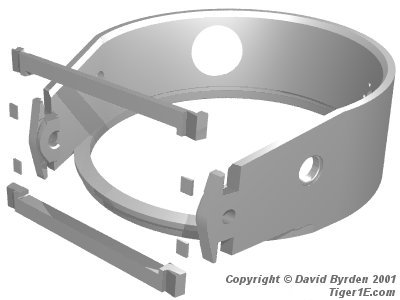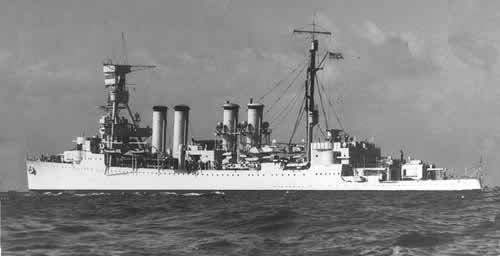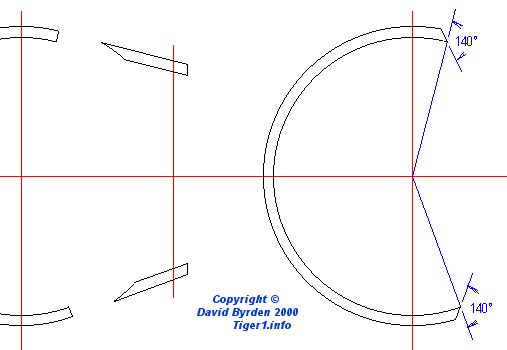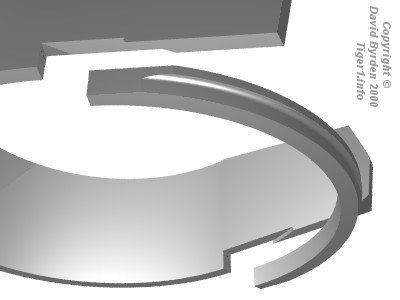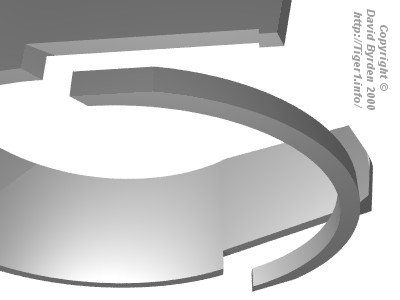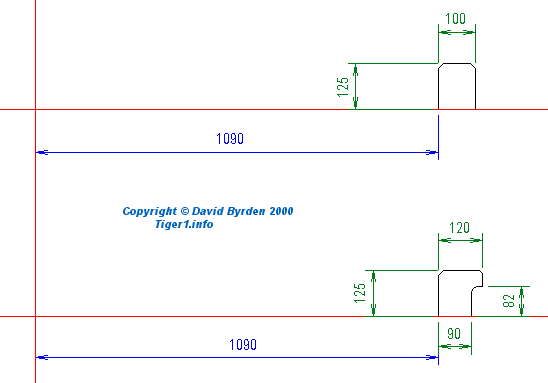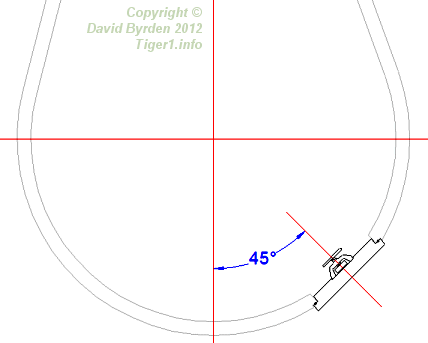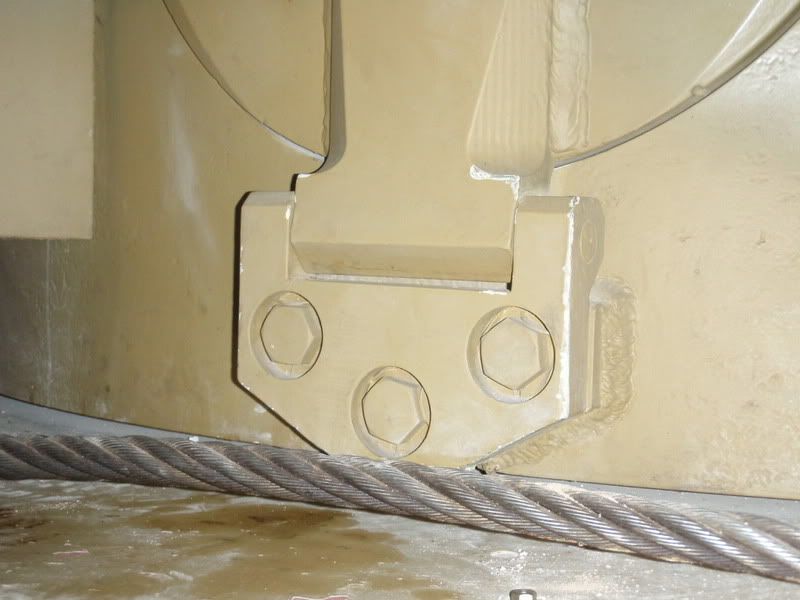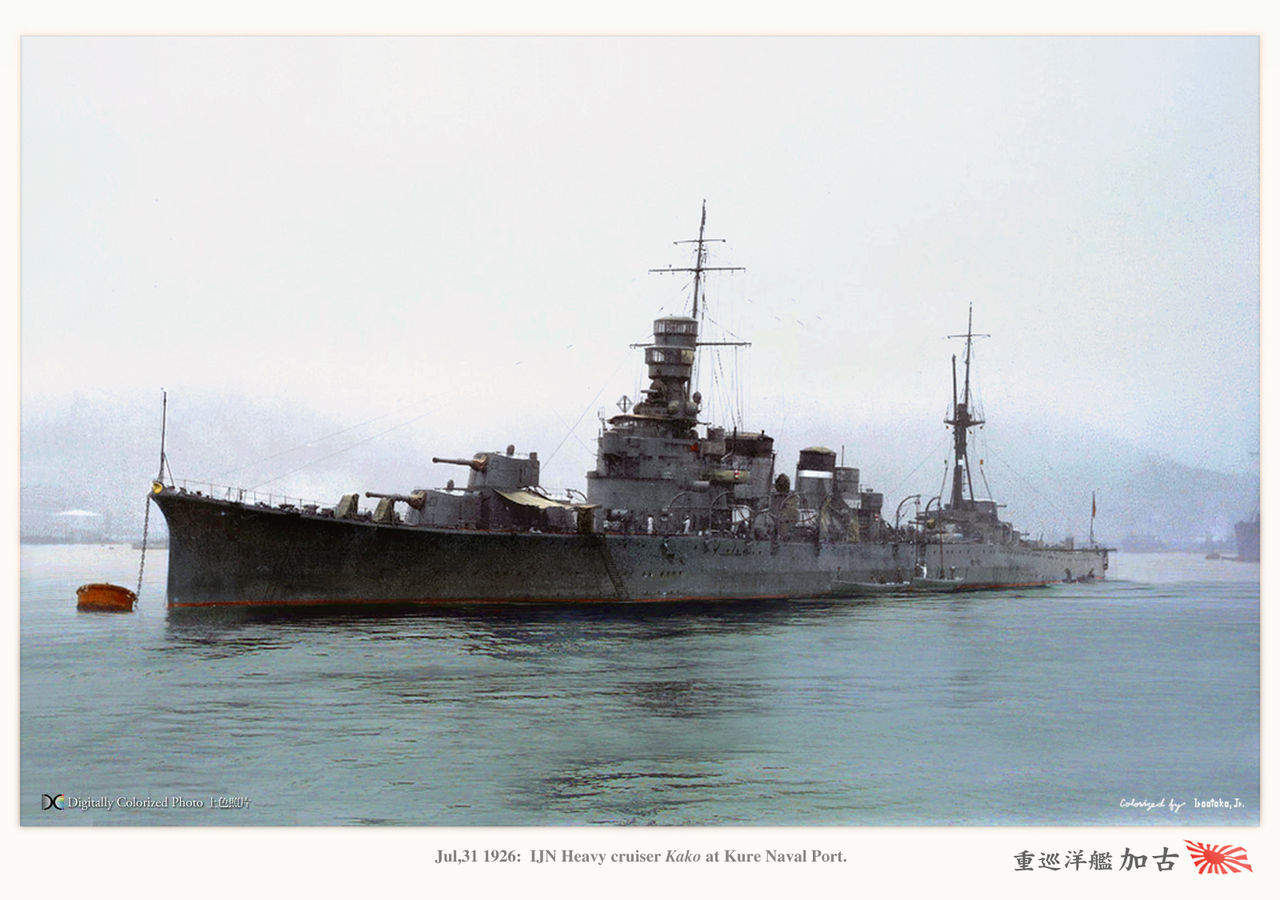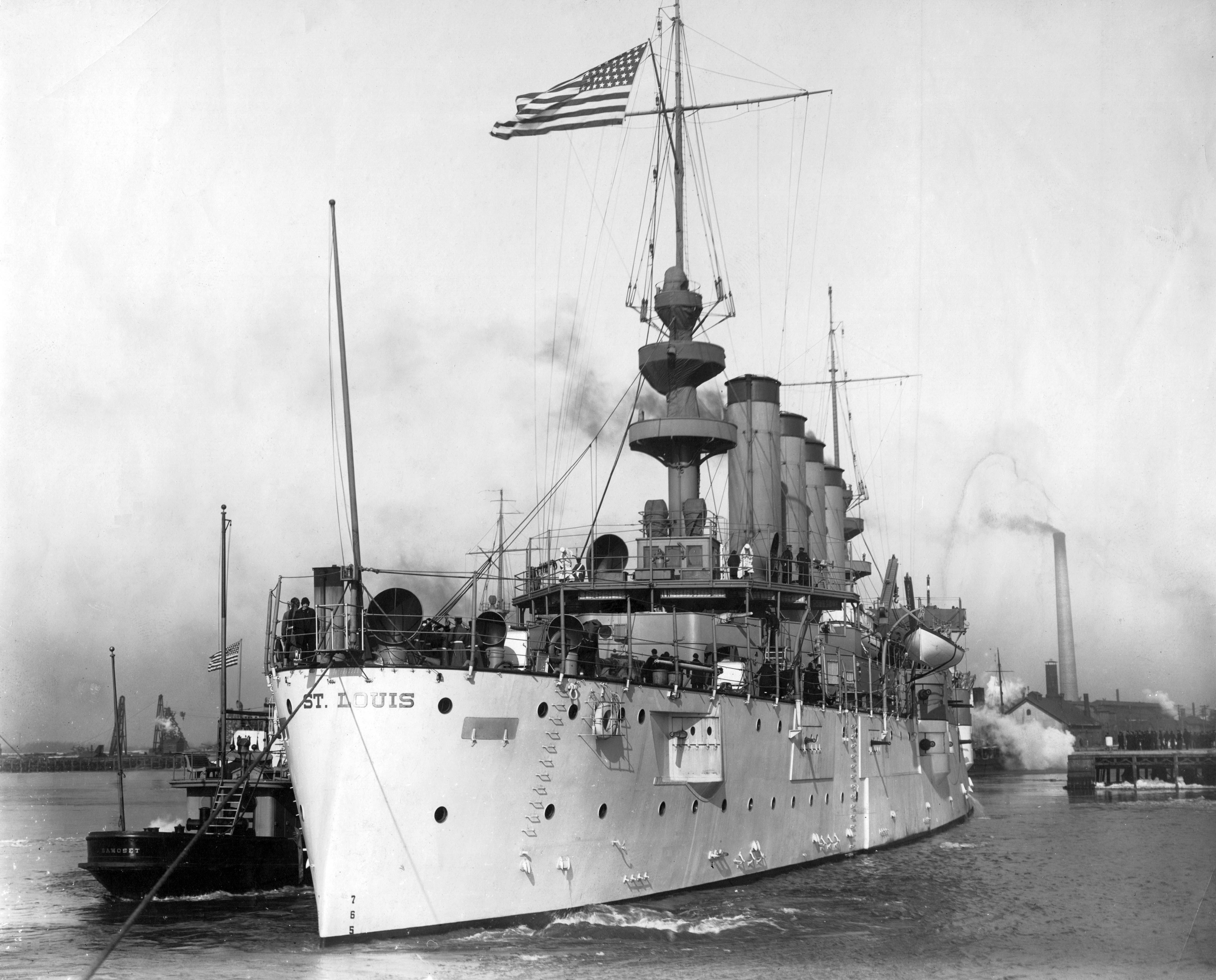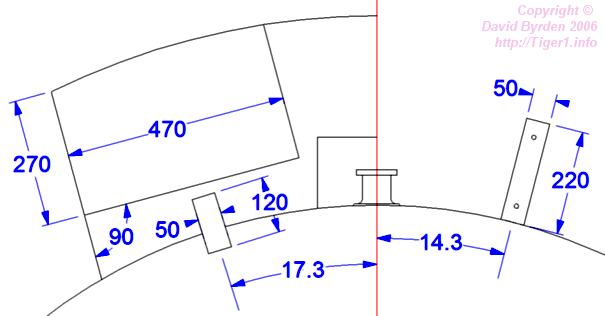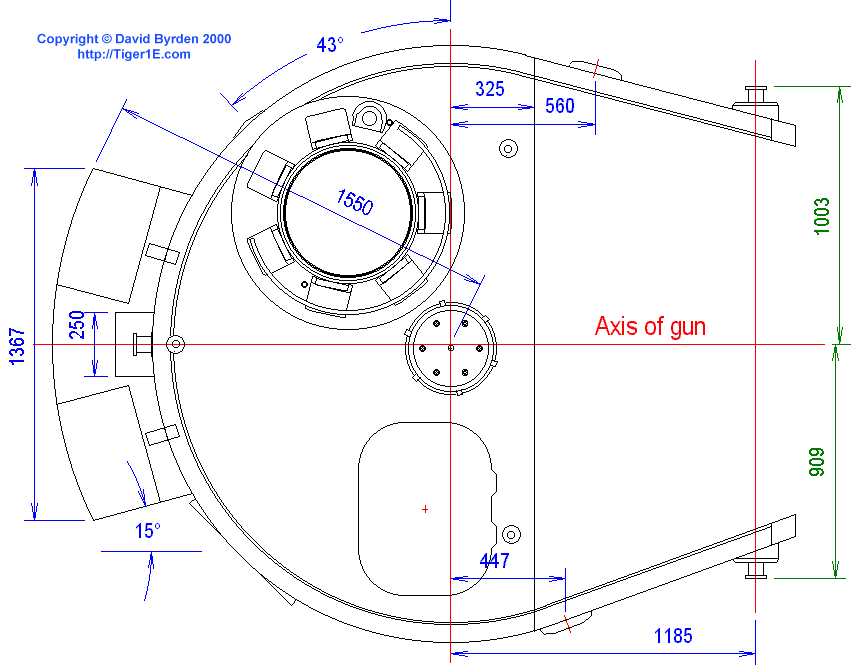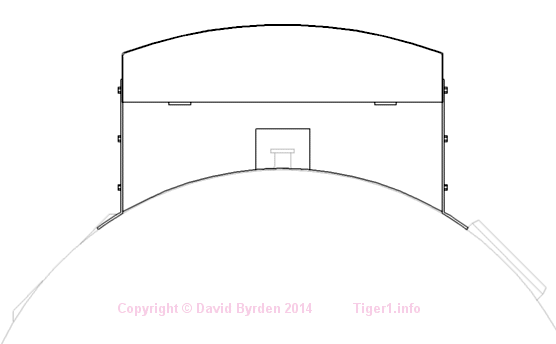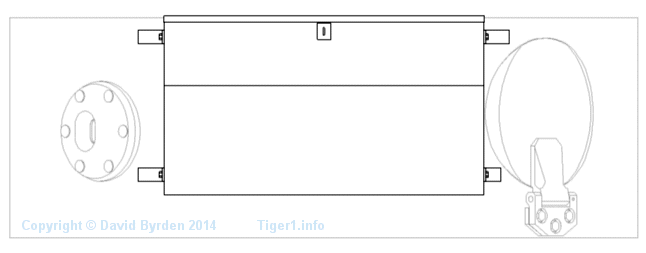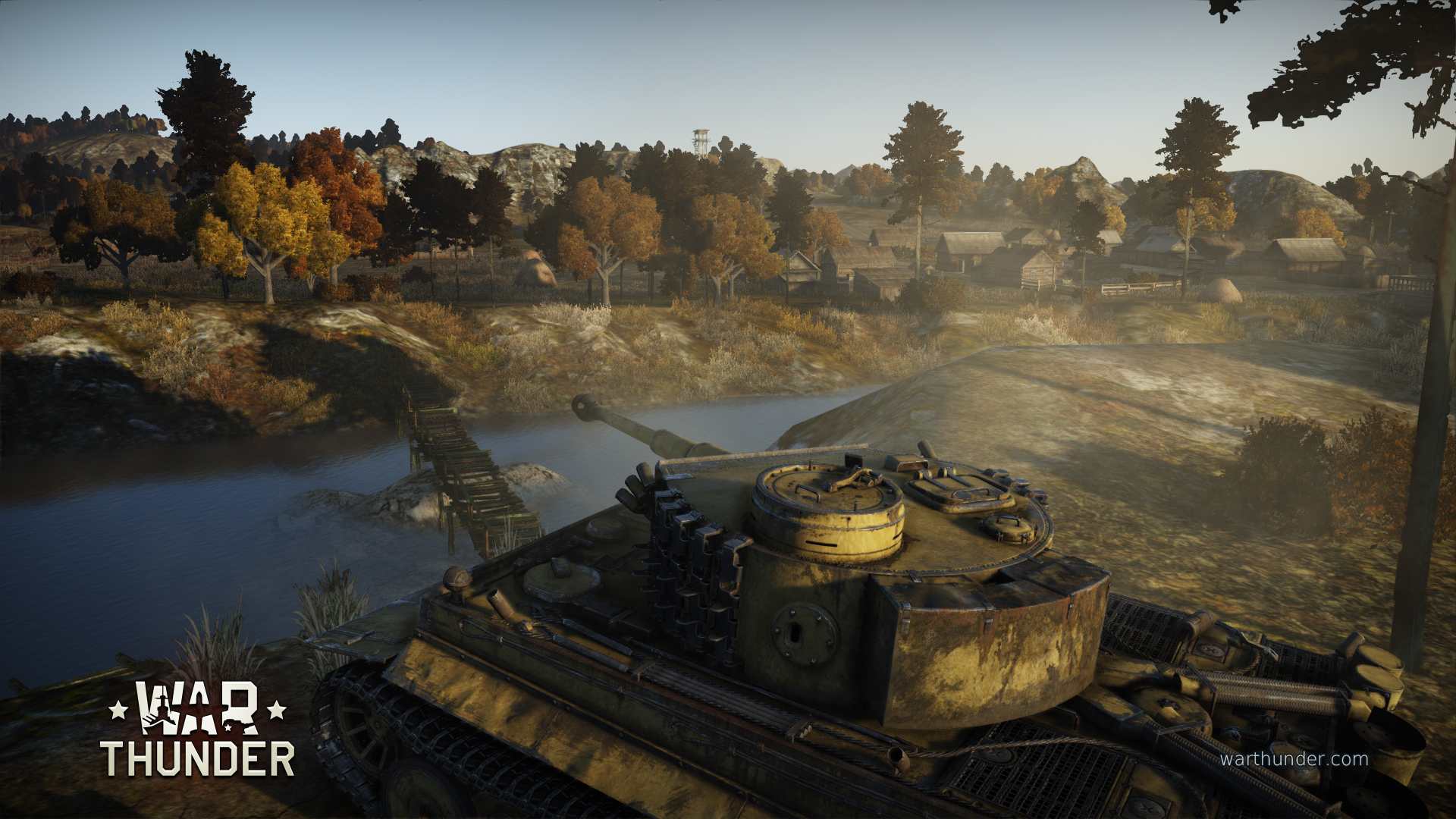Hi all and welcome back for another ship review.
This weeks ship of focus will be the tier 5 Japanese Furutaka. This is the first cruiser in the game to have 203 mm guns. This 'up gunning' changes how this ship should be played coming from the previous tiers Kuma and Tenryu Class Cruisers.
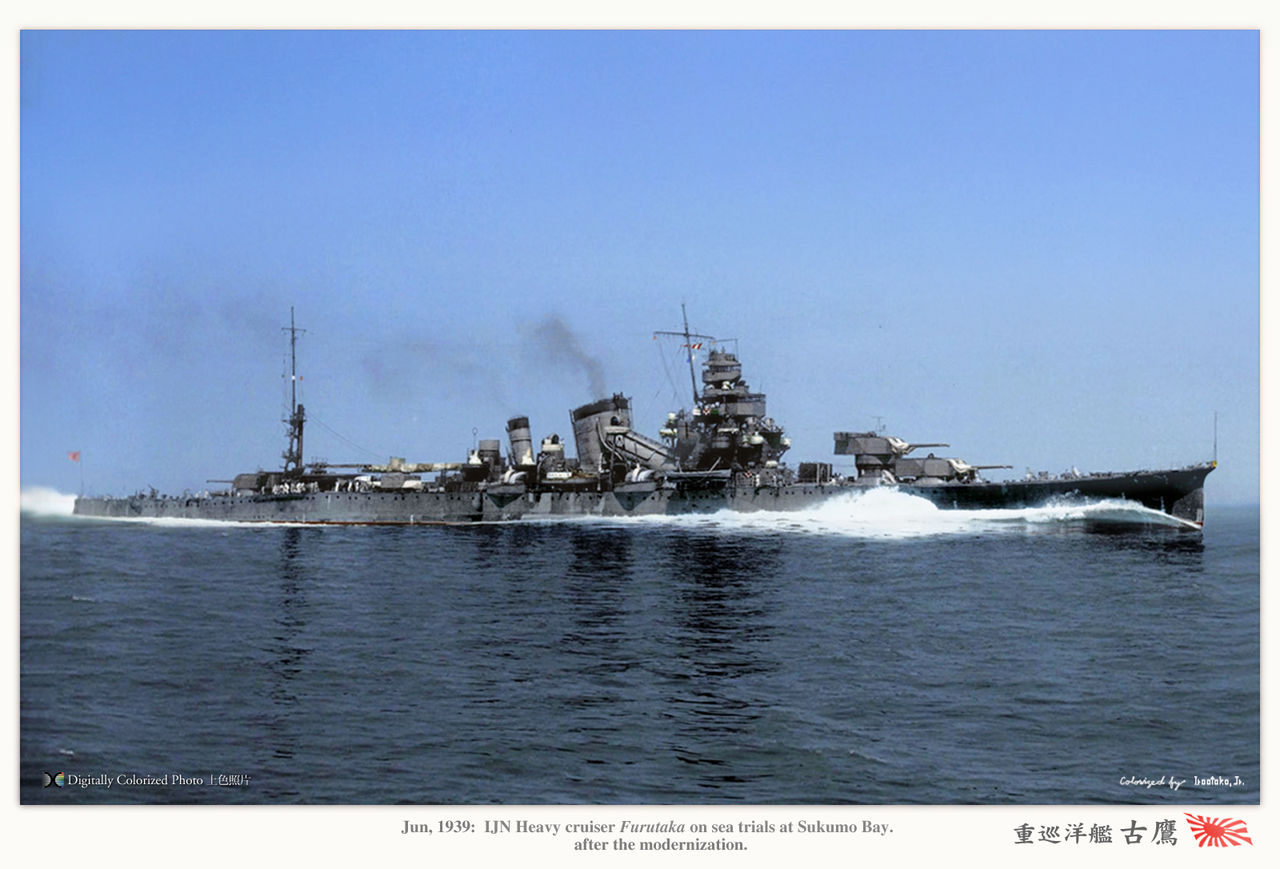
The Furutaka was the first generation of the Japanese navy's high speed heavy cruisers. With the development of the American Omaha (also in World of Warships) and the British Hawkins class scout cruiser the development of a cruiser capable of dealing with this new threat was needed. Following the earlier experiments from the Yubari cruiser, (See my previous ship review on the Yubari for more info) the lessons learnt from that ship were transferred into the design of the Furutaka. The Furutaka was laid down in the 5th of December 1922 and launched on the 25th of February 1925. Upon her initial commissioning in 1926 she was assigned to the 5th cruiser division until 1931 where the Furutaka was placed in reserve fleet. She underwent significant refits during the 1930's where she was fitted with more fire power and defensive armaments.The Furutaka was fitted with a plane catapult which solved the much complained about problem of having to lower planes into the water before they took off (not particularity handy in an engagement).

Her final refit in 1937 saw the Furutaka received her trademark 201 mm guns that we see in World of Warships (203mm in World of Warships but I'm not going to deliberate over 2mm... they are still big guns for a cruiser), new oil fired boilers and the extra addition of new 'Long Lance' torpedo tube mountings.
Entering WW2 the Furutaka was involved in the invasion of Guam which happened at about the time of the Attack of Pearl Harbour. After the successful occupation of Guam and the following attempt at capturing Wake Island which had failed, the Furutaka was assigned to cruiser division 6 where the Japanese successfully mounted a second attack and occupied Wake island on the 22nd of December 1942.
The Furutaka was involved in the Battle of the Coral Sea where she was tasked with the escort of the light carrier Shoho. Following a 2 day attack which started on the 7th of May 1942, the US Carriers USS Yorktown and Lexington succeeded in sinking the Shoho and severely damaged the Shokaku carrier. After the attack Furutaka was tasked with escorting the battered surviving Shokaku carrier to Truk for repairs.

August 1942 in the Battle of Savo Island, the Furutaka took part in an successful attack against an enemy fleet. Under the cover of darkness with flares dropped by spotter planes to silhouette the enemy ships, the Furutaka accompanied by the cruisers Chokai, Kako, Kinugsasa, Tenryu, Yubari and Destroyer a Yunagi, attacked by firing multiple shells and torpedoes. The resulting battle ended with the Heavy Cruisers USS Astoria, Quincy, Vincennes and HMAS Canberra being sunk. Heavy Cruiser USS Chicago and destroyers Ralph Tabot and Patterson being damaged. On the Japanese side a total of only 6 shell hits were received.
The Furutaka's conflict in the Battle of Cape Esperance (also known as the second batle of savo island) was to be her last after an attacking American fleet successfully managed to cross the fleet containing the Furutaka's 'T'. In the confussion of the Attack the Japanese fleet thought they were under friendly fire and began a 180 degree turn. The Aoba was heavily damaged as the ship exposed her sides in the turn.
The Furutaka fell out of the line of battle to engage Salt Lake City only to find herself coming under fire from the destroyer USS Duncan. After numerous shell hits the Furutaka was put out of action, where she was later to be hit by a Torpedo. Combined with up to 90 shell hits her storage of Type 93 Long Lance Torpedoes seated in her mid decks finally went up from the resulting fires. The Furutaka sank stern first with the loss of 33 and 110 counted as missing. 514 survivors were rescued by 3 passing destroyers. 115 were captured by the American fleet.
In World of warships the Furutaka is a tier 5 cruiser. I have found this a ship that has some draw backs that many players (including myself) have found challenging to grasp. The Japanese get their big caliber 203mm guns on the Furutaka and upwards. Due to this up gunning the Furutaka subsequently suffers from a rate of fire loss which in turn results in a big damage per minute disadvantage against the American nations cruisers . The lack of rounds per minute and slow turning of the turrets mean this is not a brawling ship and seats more in a support ship role. Given the opportunity to put down fire on the enemy the guns can really show its superior caliber. Taking fire and manoeuvring to avoid the shells causes this ship its main problems as I will explain as go through comparing this ship to its alike tiers.

First we will start with the Furutaka's good points. For a Cruiser the Furutaka has a decent health pool and has a good Torpedo armament for a cruiser. The Guns are very punchy and have good burst potential if using cover to your advantage between shots. As the guns are of larger caliber they do more reliable damage against armoured targets so have more chance of citadel hits. As a Japanese Cruiser you have a better concealment rating than your american cruiser equivalents but at 12.2 km this is no destroyer. She has a good top speed too so will be normally up alongside the destroyers in the initial engagement. Unfortunately that's really all this ship has when looking at it on paper.

This ship was oringinally designed to specifically destroy Phoenix/Omaha Cruisers but its horrible turret rotation speed and rate of fire of the guns that really let this ship down in World of Warships. The Omaha (Tier 5 American cruiser) in a straight up gun duel can put out over double the amount of damage per minute than the Furutaka with its guns alone (assuming all shots fired are AP and hit citidels the Furutaka has a DPM of 98700 and the Omaha has a DPM of 213280). Even the Phoenix Cruiser vastly out damages the Furutaka in a one on one duel where in lies the first major weakness of this ship. It just can't dish out the damage when its needed to so leaves you in a arisen of trying to dictate the engagements.
This is the First ship I have looked at and feel it needs a decent buff to make it competitive. Being a Japanese ship with such low rate of fire you would have thought that the turret speed may be ok to compensate... Nope, its 45 secs for 180 degrees turret rotation... like a battleship (face palm). The Omaha has a 24 second 180 degree turret rotation speed. I could carry on with this but you know where I'm going with this... Bigger in this instance definitely isn't better. The Furutaka does however have a secondary armament that can support up to a spectacular range of 4 km. This short range really isn't going to help you in any instance unless you have a destroyer trying to suicide run you.
The main guns slow rotation speed makes you have to straighten out in dangerous situations to get guns on target. where the ship doesn't really have the armour to take prolonged punishment its definitely a risk business. This makes you an easy target for enemy gunners and in my opinion is the single worst thing about this ship.
Due to turret number 4 due to being next to the plane catapult, it has a limited firing arc. In most situations won't be able to fire that turret at what ever your aiming at as you should be angling your armour against fire to maximum the ships armour potential and make yourself a smaller target.
This isn't the most manoeuvrable of cruisers, having quite a large turning circle and slower rudder shift speed for a cruiser. Its not terrible or unworkable when it comes to dodging incoming fire or torpedoes but its still not up to the American cruisers standard. The manoeuvrability mixed with the ships decent speed working fairly well when getting out of dangerous situations however but doesn't have such a superior speed advantage where you could run away from other cruisers. The speed is good enough to chase most fleeing destroyers down so that's definitely a plus for the Furutaka
This really looked to be a terrible ship to play when as I am working my way along the Japanese Cruiser line again. It has some very horribly noticeable weaknesses that are by no means hard to miss. Surprise however when I played in this ship it didn't completely suck. Knowing its blatant weaknesses and playing this ship as a burst damage support ship seems to suit the Furutaka's characteristics of play.
You will not be brawling in this ship as you won't rotate your turrets fast enough to keep up with throwing the ship about and targets circling you. The guns are reliable in that they do decent damage consistently upon hitting their target. She does seem to be better armoured than the american tier 5 light cruiser and does benefit from angling the armour from incoming cruiser/destroyer caliber AP shells. Getting into engagements where you can work as a team and sit behind close range specialist brawlers. Keeping attention away from you whilst dishing out damage with the bigger guns is the way to use this ship. Going alone against other ship will get you focused down quickly and it can be frustrating knowing you are getting your ass handed to you by rapid firing lower tiered ships spamming HE shells.

Don't get me wrong I don't think this is a horrific ship but I don't think its great either. The Furutaka is one of the biggest missed opportunities for Wargaming World of Warship team to make a really fun ship and all it would take is a slight buff of turret rotation speed and fire rate. I can deal with the manoeuvrability being worse but giving half the amount of damage to an equal Tier is pretty bad balancing in my opinion. Its not impossible to do well if you correctly position your ship in battle but in most instances this is very situational and won't always work out in your favour. With HE being so effective against armour in the Open Beta it negates a lot of this ships big gun caliber advantages. it will be interesting to see if any changes come in to effect that may make this a more competitive ship
That's all for this weeks review I look forward to seeing you back here for my Tiger Update later in the Week.

